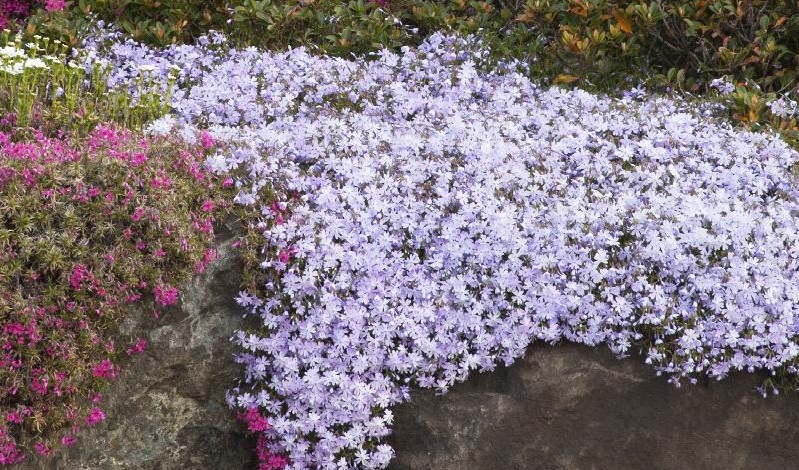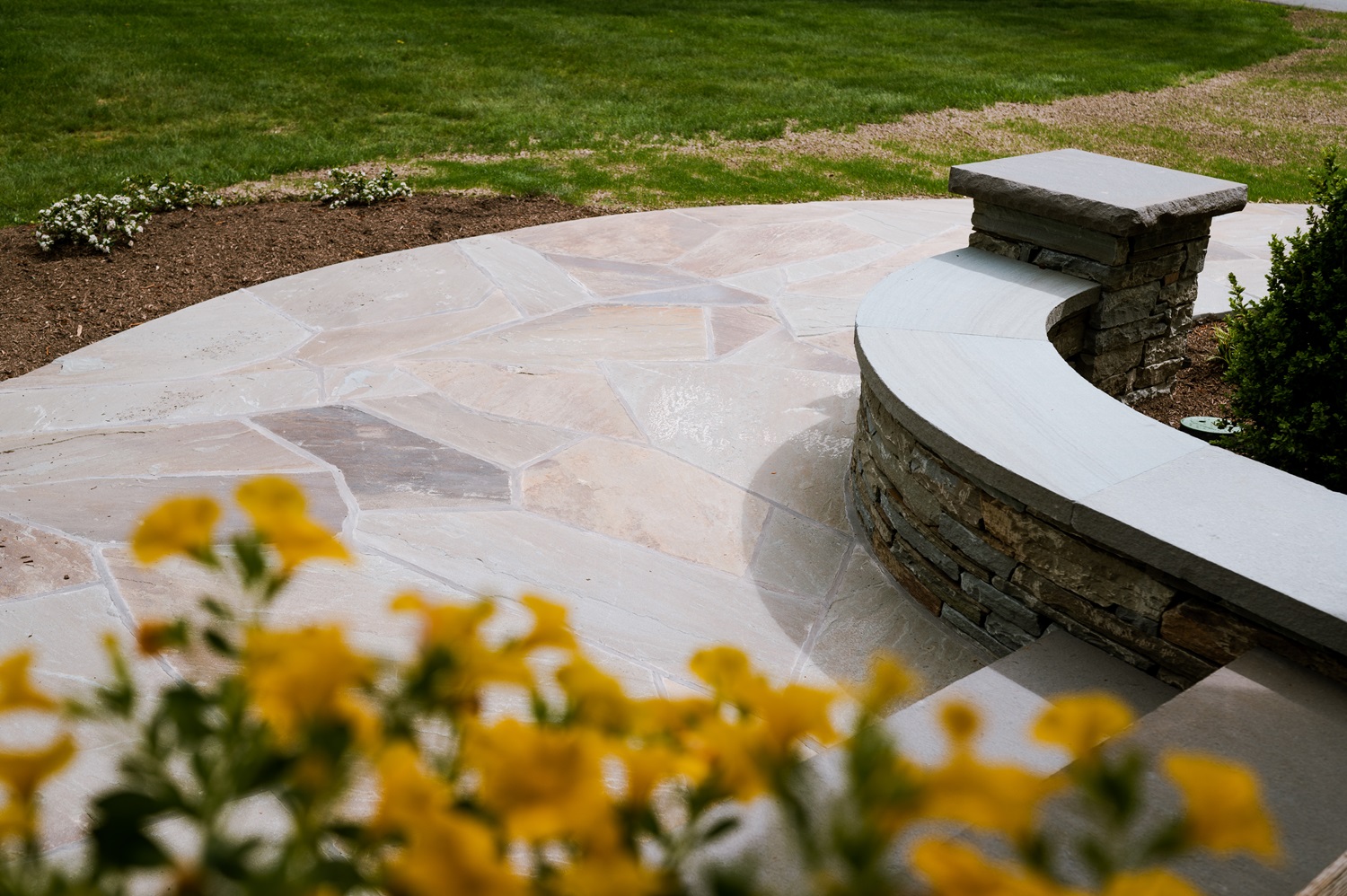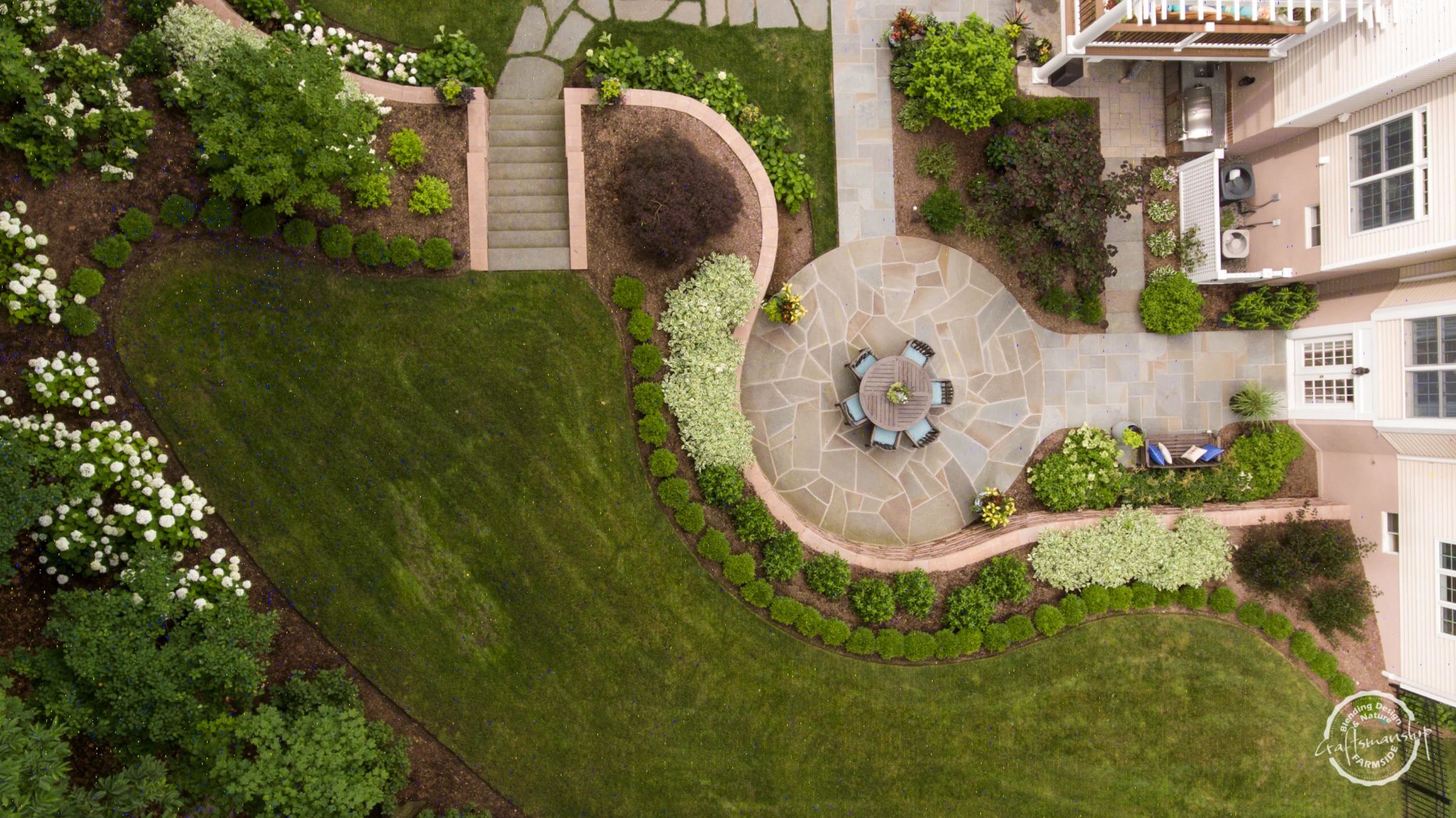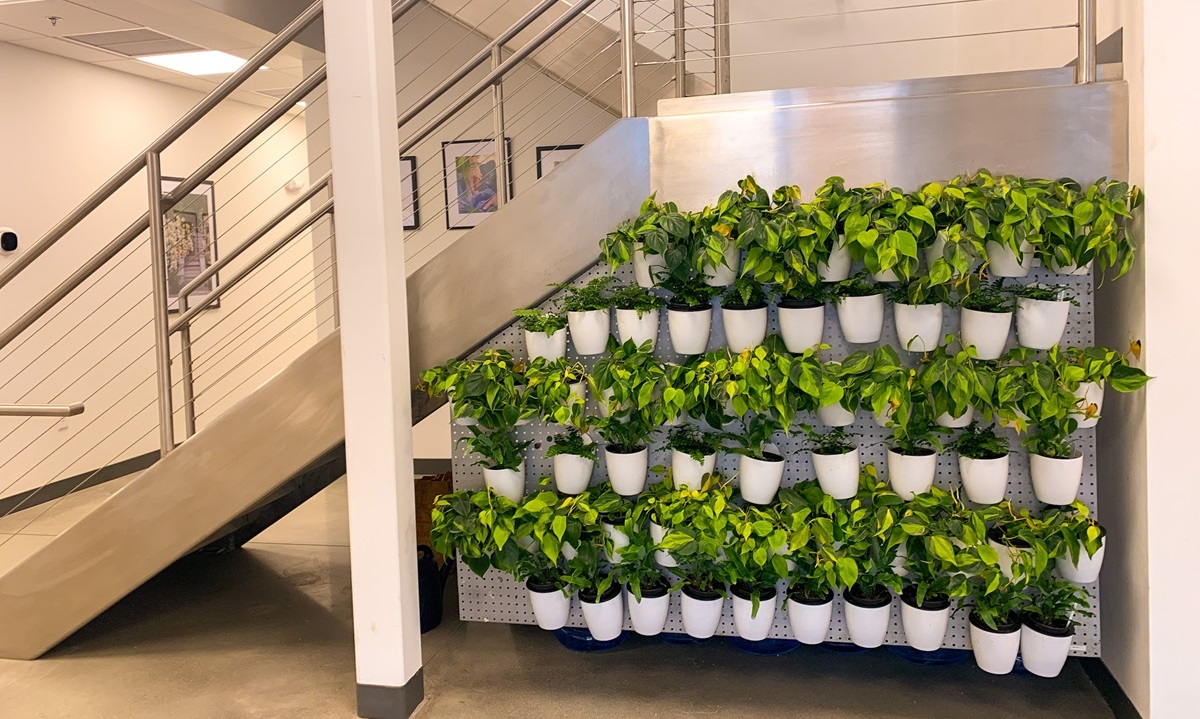Welcome to the first installment in our “Why You Should Grow…” series, where we’ll explore the benefits of growing a particular landscape planting, tips for plant success, plus a few of our favorite varieties. We’re kicking off the series with groundcovers.
What is a Groundcover?
By definition, groundcovers are low-growing plants that can create a dense soil cover. They can range in height from less than an inch to an industry standard of 2 feet. While shrubs and turf grasses can fall under the definition of groundcovers, we’re going to focus on low-growing perennials.
What are the Benefits of Groundcovers?
Groundcovers offer a host of benefits for the landscape, both practical and aesthetic:
- They help prevent soil erosion by anchoring the soil with their roots.
- They help suppress weeds by blocking/limiting their access to resources such as light, air and water.
- They provide a rainwater buffer, allowing for better moisture retention to guard against drought. Moisture seeps into the soil rather than washing away the topsoil.
- They reduce the ambient temperature of their immediate surroundings, modifying soil temperature extremes.
- They benefit the landscape through improved air quality, biodiversity, and enhanced soil activity.
- They help prevent snowdrift in the winter.
- They add color and texture to the landscape.
- They’re easy-to-care for.
- They can be used as a landscape design element, segmenting or connecting different areas of the landscape.
- They can be used to hide unsightly structures in the landscape.
- They’re an attractive option for hard-to-mow slopes.
- They can be used to create a natural edging along walkways.
- They can act as an attractive filler between stepping-stones, pavers and along rock or concrete walls.
Tips To Successfully Grow Groundcovers
As with any plant, choosing a variety that is appropriate for your site location (sun/shade/damp/dry) is essential. Here are some other tips to keep in mind:
- Spring is an ideal time to plant groundcovers, but don’t do so until daytime temperatures reach a consistent 60oF and the danger of frost has passed.
- Consider the growth habits of groundcovers you may plant. Groundcovers that spread predominantly by seed or both rhizome and seed are best used for filling large areas since you won’t have control over where and how far the seeds may spread. If seeds are not carefully contained, growth can be sporadic and you may have some level of invasive growth in your planting.
- Many groundcovers spread by runners and roots. To contain them, create a barrier both above and below the ground with garden edging. Finish prep by determining your soil’s condition and treating any deficiencies. In some cases this may mean broadcasting a complete fertilizer over the prepared area. You can find a wide variety of options at your local garden center.
- Soil preparation is key, especially if you’re removing turf grass to replace it with a groundcover or using your groundcover as a weed barrier. Be sure to remove the roots when removing grass/weeds, otherwise these will grow through your groundcover.
- Work the soil to a depth of 8”-10”. Work a 2” layer of organic matter such as compost or composted manure into the soil. This will help improve the drainage of clay soils as well as improve water-retention for sandy soils.
- Finish prep by determining your soil’s condition and treating any deficiencies. In some cases this may mean broadcasting a complete fertilizer over the prepped area.
- If you’re looking to create a dense carpet of your groundcover, check the plant’s growth specifications and plant them to its smallest spread. For example, if the specifications say the plant spreads15”-18”, sow plants 15” apart, or if the specifications note “up to 15 inches,” sow plants about 12”-13” apart. Keep them close, but don’t overcrowd them since that will be detrimental to their health.
- If you’re thinking of adding a groundcover beneath your trees or shrubs, be sure you select varieties with shallow roots or rhizomes, so they don’t compete for resources with your established plantings.
- Also, make sure the groundcover doesn’t cover the root flare of your shrub or tree. The root flare, also called the trunk flare, is where the first main roots attach to the trunk. Groundcovers that cover the root flare can lead to root girdling of the tree or shrub which is damaging to them.
- Additionally, a buildup of moisture, debris and plant materials beneath the tree or shrub can contribute to root rot, so consider site location, soil moisture levels, the health of your existing trees/shrubs as well as groundcover selection if you do decide to add a groundcover beneath these plantings.
Groundcover Options
We’ve listed some groundcover options here, but for a more complete list with varieties suited for specific site/soil conditions check out our other blog posts:
- Groundcovers for Damp Shade
- Groundcovers for Dry Shade
- Groundcovers for Sunny Wet Sites
- Groundcovers for Sunny Dry Sites
Ground Covers Options for Under Trees/Shrubs
- Vinca minor
- Pachysandra
- Lungwort
- Lily of the Valley
- Ajuga
- Wild ginger
- Wild violets
Overall Good Ground Covers
- Creeping Thyme
- Ice Plant
- Basket-of-Gold
- Amethyst in Snow
- Creeping Phlox
- Angelina Sedum
- Nepeta
Ground Covers to Avoid
- Bishop’s Weed
- Bugleweed
- Chameleon Plant
- Evening Primrose
- English Ivy
*Main image photo credit: Monrovia – Emerald Blue Creeping Phlox








